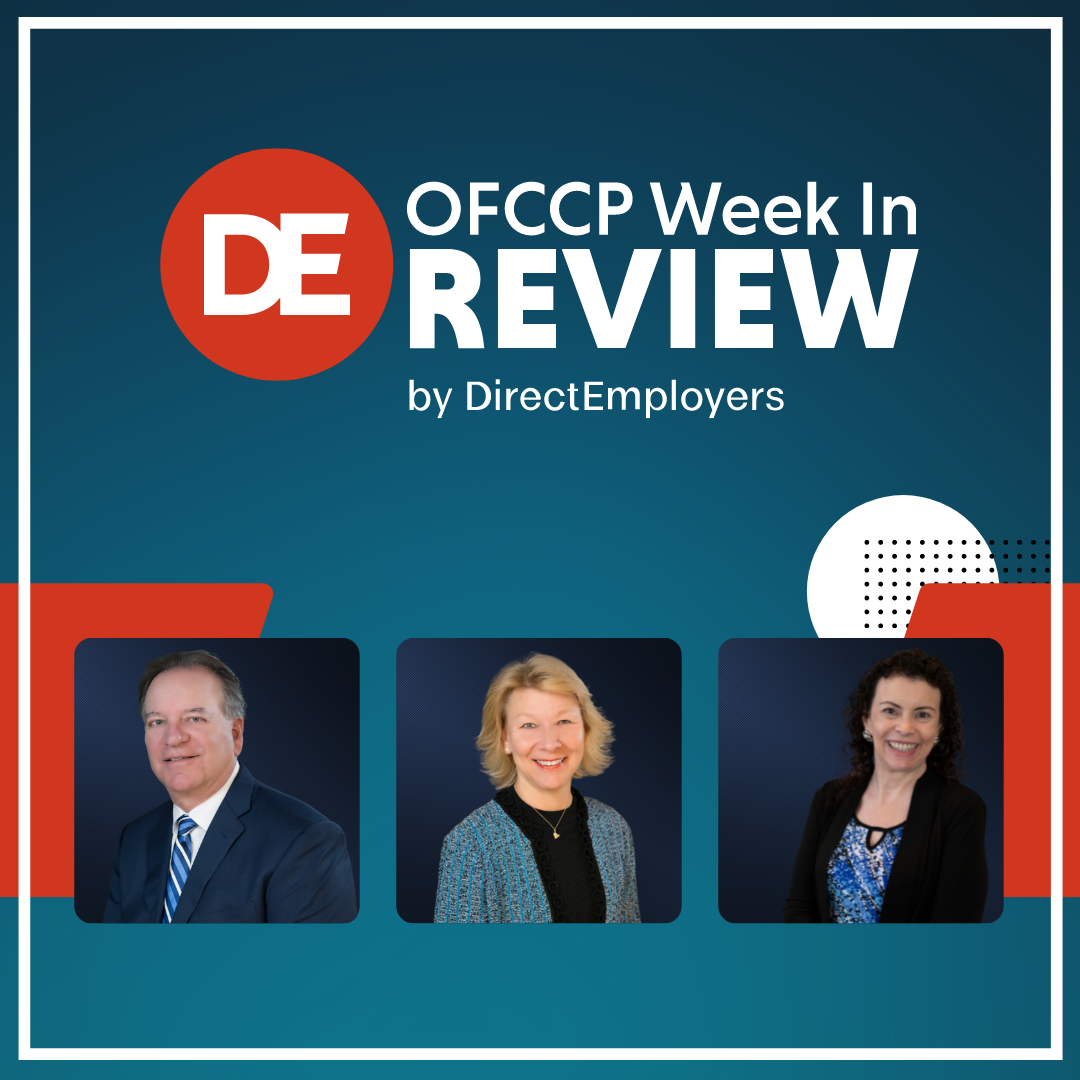 The DE OFCCP Week in Review (WIR) is a simple, fast and direct summary of relevant happenings in the OFCCP regulatory environment, authored by experts John C. Fox, Candee J. Chambers and Cynthia L. Hackerott. In today’s edition, they discuss:
The DE OFCCP Week in Review (WIR) is a simple, fast and direct summary of relevant happenings in the OFCCP regulatory environment, authored by experts John C. Fox, Candee J. Chambers and Cynthia L. Hackerott. In today’s edition, they discuss:
- Without Notice, OFCCP Updated Its Construction Program and CSAL FAQs
- Contractors Have New Opportunity to Comment on OFCCP’s Supply & Service Contractor Portal Information Collection
- US GAO Recommended US DOL & OMB Spearhead Increased Agency Collaboration for Data on Workers in Contract Arrangements
- US DOL WHD Unveiled Its Final Rule on Nondisplacement of Qualified Workers Under Service Contracts
- Education Does Not Resolve Gender Wage Gap, According to US Census Bureau Findings
- US DOL ETA Announced NPRM to “Modernize” Registered Apprenticeship Rules
- US DOL ODEP Released New WRP Database of Student/Recent Graduate Jobseekers with Disabilities
- Upcoming Opportunity to Weigh-In on Revising “Schedule A” Labor Certifications in Light of AI Development Needs
- New Publications
- Looking Ahead: Upcoming Date Reminders
Monday, December 4, 2023: Without Notice, OFCCP Updated Its Construction Program and CSAL FAQs

Background to Note
In June 2023, we reported that a new CSAL identifying 250 purported “Construction Contractors” for audit in FY 2023 was curious because among OFCCP’s selection of purported covered federal government “Construction Contractors” it listed for potential audits were Supply and Service Contractors undertaking construction contracts. However, both Executive Order 11246 and its implementing Rules provide legal authority for OFCCP to audit a company based only on the type of contractor it is – either a “Construction Contractor” or a “Supply and Service Contractor” (i.e., non-construction contractor) – and NOT based on the type of federal contract a contractor signs. Of course, any such change of OFCCP’s Rules would require formal Rulemaking.
Changes to Corporate Scheduling Announcement List (“CSAL”) FAQs
Prior to December 4, 2023, OFCCP last updated its Corporate Scheduling Announcement List (“CSAL”) FAQ section on September 8, 2023, when it sent its most recent round of Supply and Service (“S&S”) CSALs. Our September 11, 2023, WIR story discussed this most recent round of S&S CSALs and how OFCCP had revamped its CSAL FAQ section on September 8. The new changes to those September FAQs are that OFCCP added two entirely new FAQs – Items 19 and 20 – at the end of the section.
Item 19 reads as follows:
“19. How will OFCCP select a contractor for a compliance evaluation that has a single contract that involves both construction and nonconstruction (supply and service)?
In instances where a single contract involves both construction and supplies and services, OFCCP may select the contractor for a construction or supply and service compliance evaluation based on the information available at the time OFCCP develops the scheduling list and in accordance with the Federal Acquisition Regulations (FAR) 36.101(c).
OFCCP’s Division of Program Operations develops separate lists of construction contractors and subcontractors and supply and service contractors and subcontractors for compliance evaluations. (emphasis added: note that OFCCP admits that it identifies contractors for audit based on the type of contractor they are and not based on the type of contract the contractor signs) These lists are developed using neutral selection procedures. The methodology used to develop current lists can be found on OFCCP’s Methodologies webpage. OFCCP also issues Corporate Scheduling Announcement Lists to provide advance courtesy notification to contractors selected for a compliance evaluation. These lists can be found on the OFCCP Scheduling List Resources page.”
Item 20 discusses OFCCP compliance assistance efforts to “ensure contractors included in the FY 2023 CSAL Construction Scheduling List understand their affirmative action obligations under 41 CFR part 60-2 and 41 CFR part 60-4.” This is an OFCCP attempt to rewrite OFCCP’s Rules, their history and OFCCP’s longstanding interpretation of its Rules that characterize contractors as either “fish or fowl”: either a “Supply and Service Contractor” or a “Construction Contractor,” but not both, or either. This new FAQ is akin to a Hocus Pocus spell seeking to change silver into gold (i.e., change it into something it is not by simply declaring it so).
Changes to Construction Compliance FAQs
OFCCP made extensive changes to its Construction Compliance FAQ section on December 4, 2023. However, again, OFCCP did not identify the specific changes it made. In any event, we discuss below several provisions of note.
In the “Application of Legal Authorities” Section of this FAQ:
Item 6 states that “[t]he requirements set forth at 41 CFR part 60-4 apply to the workers who are engaged in on-site construction and functions incidental to the actual construction, such as supervision or inspection. The regulations define “construction work” and “site of construction” at 41 CFR 60-1.3.” [Editor’s Note: OFCCP’s Rules do not apply to “workers” (or even to “employees”). Rather, OFCCP’s Rules apply to covered federal Government contractors and subcontractors).
Item 8 provides that: “Consistent with applicable Federal Acquisition Regulations, a single contract, meeting applicable jurisdiction thresholds and including both construction work and nonconstruction (supply and service), must comply with the affirmative action obligations applicable to the predominant part of the work, or if the contract is divided into parts, the affirmative action obligations applicable to each portion.” [EDITOR’s NOTE: OFCCP must subject this guidance to formal Rulemaking since it is both a change in longstanding policies of the agency and because it has a substantial impact on contractor compliance, or non-compliance. Moreover, the federal Administrative Procedure Act (“APA”) requires definitions (of such words as “predominant” and “part”) to ensure that the regulated community knows how to comply with any substantive requirement and that the community has a common understanding of that requirement. The development of the Internet did not revoke the APA. When there is legal doubt, the APA allows the contractor’s interpretation of the Rule to prevail in the absence of a clear federal Rule defining the compliance obligation.]
Item 9 states that “[i]f questions arise about the type of contract a prime contractor should consult with their contracting officer and a subcontractor should consult with the prime contractor.”
In the “Investigating Discrimination” section of this FAQ:
Item 4 states, in part, that “OFCCP’s regulation at 41 CFR 60-4.3(a)7.m requires construction contractors to continually monitor their personnel practices to ensure their employees are not subject to unlawful discrimination. Personnel practices include actions taken by management related to decisions regarding their employees, for example, hiring, firing, layoff, promotion, transfer, demotion, compensation, salary increase, salary decrease, work assignments, and benefits. Contractors should also examine employee access to opportunities affecting compensation, such as higher-paying positions, job classifications, work assignments, training, preferred or higher-paid shift work, access to overtime hours, pay increases, and incentive compensation.”
[Editor’s Note: OFCCP’s Rule at 41 CFR 60-4.3(a)7 does not provide the specificity and expansive list of purported “requirements” as the above FAQ suddenly seeks to improperly impose. Again, to provide a “level-playing field” and to ensure that these “requirements” are the subject of public notice and comment, OFCCP would have to publish these requirements for formal APA Notice and Comment to allow them to be enforceable against contractors. Otherwise, OFCCP simply cannot enforce requirements it just makes up willy-nilly, even if those interpretations/“requirements” strike one or more persons as being reasonable and likely effective.] See Firestone Synthetic Rubber Latex Co. v. Marshall, 507 F. Supp. 1330 (E.D. Tex. 1981).
In the “Compliance Review Basics” section of this collection of FAQs, FAQ #3 discusses what types of “workers” are covered by the requirements set forth at 41 CFR part 60-4, stating that these requirements “apply to the workers who are engaged in on-site construction and functions incidental to the actual construction, for example, supervisors, inspectors, and forepersons.”
[Editor’s Note: One must read this FAQ #3 against the legal background that it is legally “goofy.” OFCCP does not have jurisdiction over “workers” (they do not sign covered federal Government contracts), nor of independent contractors, nor of any kind of “employee” (let alone all “employees,” let alone “employees” covered by the Wage Hour Division’s separate definition which brings those “workers” (neutral term) who are “economically dependent” on the employer into the definition of the term “employee” subject to the Fair Labor Standards Act, even if not a “Common law” “employee” for purposes of OFCCP’s programs. Moreover, “Common Law” “employees” of covered federal Government contractors/subcontractors are merely “third party beneficiaries” to that contractor’s/subcontractor’s contract with the federal government. OFCCP’s Rules do not reach or dictate compliance requirements to the Common Law employees of a covered federal Government contractor/Subcontractor. Moreover, OFCCP’s Rules speak NOT to “employees” (of any sort), but rather only to what a covered federal Government contractor or subcontractor must do or not do].
Tuesday, December 12, 2023: US GAO Recommended US DOL & OMB Spearhead Increased Agency Collaboration for Data on Workers in Contract Arrangements
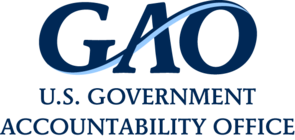
Senators Sherrod Brown (D-OH) and Mark Warner (D-VA), commissioned the 63-page Report.
“Policymakers want to understand such work arrangements and how workers fare in terms of wages, benefits, and workplace safety. However, federal agencies define and measure these arrangements in various ways, so it’s hard to know their prevalence and outcomes,” the GAO observed. For example, estimates as to the prevalence of these work arrangements range from less than 5 percent to over 30 percent of the total workforce, depending on the type of arrangement measured, how it is defined, and the methodology used. In addition, limited data are available on worker outcomes, such as those relating to workplace safety, wages, and access to benefits. Moreover, data collection on nonstandard work arrangements is fragmented across at least seven federal agencies, which measure different populations and use varied terms and methodologies to meet specific purposes.
While federal agencies have taken some steps to address data limitations, interagency efforts do not include an ongoing collaborative mechanism, the GAO reported. “Without an ongoing interagency collaborative mechanism in place—and agencies providing coordination and leadership for such an effort— agencies can risk working at cross purposes and lack incentives to prioritize crosscutting concerns,” the GAO concluded.
Accordingly, the GAO recommended that the DOL lead efforts to develop or adapt an interagency collaborative mechanism to improve the measurement of nonstandard and contract work, and that the OMB support this effort. Both the DOL and the OMB generally agreed with the recommendations.
Wednesday, December 13, 2023: US DOL WHD Unveiled Its Final Rule on Nondisplacement of Qualified Workers Under Service Contracts
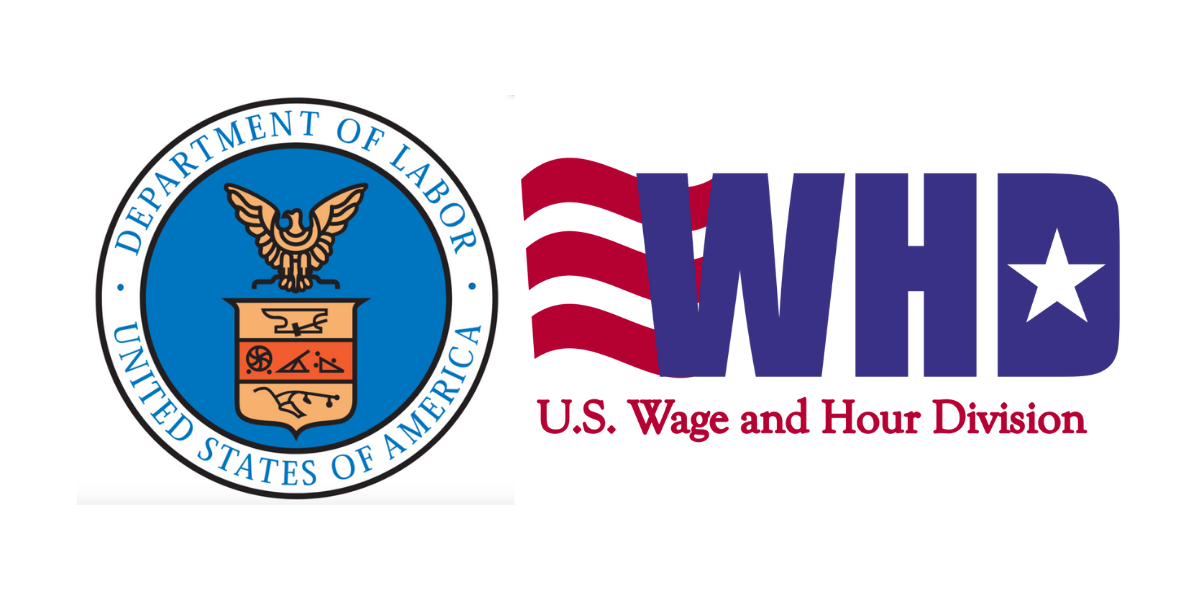
This Final Rule is scheduled to take effect on February 12, 2024. It will apply only to solicitations issued on or after the effective date of the final regulations issued by the Federal Acquisition Regulatory Council (which updates the Federal Acquisition Regulations (“FARs”) applicable to federal contractors.)
The WHD set up a landing webpage for the new Rule, which includes an FAQ section. This new FAQ section explains the Final Rule’s contractor coverage provisions, contracting agency requirements, contractor requirements, and enforcement provisions.
The new Rule finalizes regulations to implement the mandate of President Biden’s November 23, 2021, Executive Order (“EO”) 14055 requiring successor federal service contractors and subcontractors to make good faith offers to hire the predecessor’s employees when taking over a federal service contract. It will require contractors and subcontractors who work on covered federal service contracts (i.e., most contracts over the simplified acquisition threshold as defined in 41 U.S.C. 134, which is currently $250,000) to place clauses into successor contracts involving the “same or similar” work for existing services deals to provide employees a right of first refusal for positions under the contract for which those employees are qualified.
EO 14055 builds upon EO 13495 which President Obama signed in 2009, but President Trump rescinded in 2019. While these two EOs are similar, the preamble to the new Rule discussed a few notable differences.
How We Got Here
On July 15, 2022, the WHD published its Notice of Proposed Rulemaking (“NPRM”). For more details on that NPRM, see our story here. The public comment period closed on August 15, 2022, with 33 comments submitted. The WHD discussed its responses to these comments throughout the preamble to the Final Rule. We previously reported that the OMB approved the Final Rule on November 30.
The Fall 2023 Agenda set the target date for publication of the Final Rule as November 2023 (RIN: 1235-AA42). Thus, the WHD published just a few weeks behind its latest revised target date.
While the Final Rule largely adopted the provisions of the NPRM, the agency discussed the differences and similarities between the proposed version and the finalized Rule in the preamble, beginning here.
For more details on how this Rule will impact federal contractors, see the DE Under 3 video here.
Wednesday, December 13, 2023: Education Does Not Resolve Gender Wage Gap, According to US Census Bureau Findings
In 2022, Men Earned More Than Women
Even When They Held Bachelor’s Degrees in Same Field
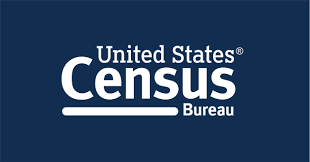
“Social scientists for decades have been trying to identify factors contributing to the gender wage gap, which these data show existed even among holders of bachelor’s degrees in the same field of study,” the authors wrote. “These differences in earnings may be related to differences in occupation, work experience, full-time versus part-time work[,] and/or educational attainment beyond a bachelor’s degree,” they continued.
Among the data information illustrated in the tables and highlighted in the article was the following:
- Men had median annual earnings of $123,800 in electrical engineering, the highest of all fields, while women’s earnings were 85.0 percent of men’s ($105,200). Another high-earning field for women was computer science ($91,990), but their earnings were 79.6 percent of men’s ($115,500). (Figure 1)
- Family and consumer sciences had among the lowest median earnings of all fields of study as well as the greatest differences by sex, with women earning $51,590, which was 73.2 percent of men’s median earnings of $70,440. (Figure 1)
- In addition to differences in earnings, the composition of fields of degree also differed by sex (Figure 2). For example, men held at least 60 percent of degrees in engineering (general, mechanical, electrical, civil), computer science, finance, economics, and history. Women dominated the education fields (general, elementary, and other), psychology, social work, nursing, and family and consumer sciences, holding at least 70 percent of those degrees. (Figure 2)
- Generally, fields of degree with a higher share (at least 60 percent) of women had relatively lower earnings than those with a higher share (at least 60 percent) of men (other than nursing degree holders who earned significantly more than history degree holders). For example, 90.4 percent of people with elementary education degrees in 2022 were women and their median annual earnings of $54,900 were lower than earnings in 30 of the 33 other fields of degree. (Figure 3)
The Census Bureau plans to continue exploring this relationship in more detail, the authors noted.
Thursday, December 14, 2023: US DOL ETA Announced NPRM to “Modernize” Registered Apprenticeship Rules
Comment Deadline Not Yet Announced
Proposal Spans 779 Pages
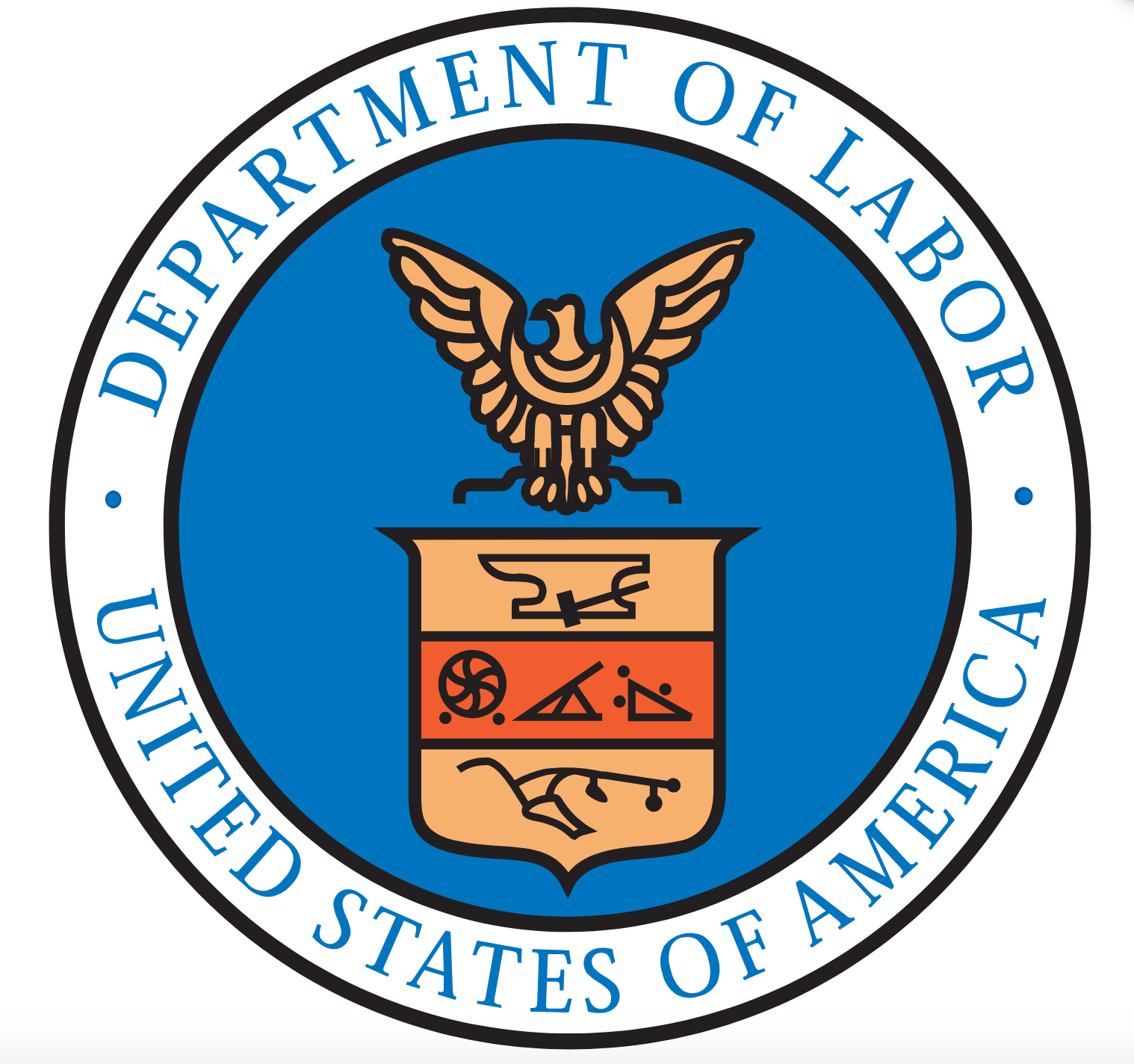
According to the ETA, the proposal would:
- enhance worker protections and equity,
- improve the quality of registered apprenticeship programs,
- revise the State governance provisions, and
- strengthen the link between post-secondary education and registered apprenticeship through the establishment of registered career and technical education apprenticeships.
It would also bolster the capacity of the National Apprenticeship System to respond to evolving employer needs while ensuring that registered apprenticeships provide workers with equitable pathways to good jobs, the ETA claimed. Note: “good jobs” is a code phrase in the Biden Administration to mean “union” jobs.
If enacted, the proposal would revise the regulations at 29 CFR §29 addressing labor standards of apprenticeship and the governance of the National Apprenticeship System. The ETA last updated these regulations in 2008. The proposal would also make technical and conforming adjustments to the current text of 29 CFR §30 (governing equal employment opportunity in apprenticeships) as appropriate.
Upcoming Webinar
The ETA will host a one-hour webinar to provide a high-level summary of the NPRM and cover the process for submitting comments. The webinar will take place on January 11, 2024, from 2 to 3 p.m. EST.
How We Got Here
The National Apprenticeship Act of 1937 (also known as the Fitzgerald Act), at 29 USC §50, gives the Secretary of Labor broad power to promote, create, and set standards for apprenticeship programs. The Act authorizes and directs the Secretary to formulate and promote labor standards necessary to safeguard the welfare of apprentices, to extend the application of such standards by encouraging their inclusion in contracts of apprenticeship, to bring together employers and employees to design apprenticeship programs, to cooperate with State agencies engaged in the design and promotion of standards of apprenticeship, and to cooperate with the Secretary of Education to this end.
In September 2022, the ETA published a final rule rescinding the Trump ETA’s controversial Industry-Recognized Apprenticeship Program (“IRAP”) and directing departmental resources toward union-supported Registered Apprenticeships Programs (see our story here). Republicans favoring IRAPs have argued that they would have streamlined the process for more companies to create apprenticeships (for more details on those arguments, see our story here).
On July 28, 2023, the ETA submitted the NPRM to the White House Office of Management and Budget (“OMB”). The OMB approved it (RIN: Number 1205-AC13) on December 13, 2023, clearing the way for publication of the ETA’s NPRM.
Thursday, December 14, 2023: US DOL ODEP Released New WRP Database of Student/Recent Graduate Jobseekers with Disabilities
Both Federal Government & Private Employers May Access this Database
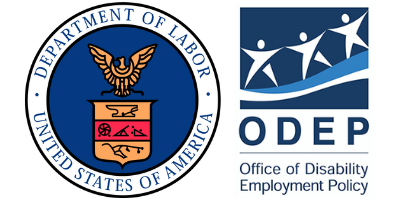
The WRP landing page explains that “[p]rivate-sector employers can access the WRP by visiting the Employer Assistance and Resource Network on Disability Inclusion [website].”
ODEP renews the database with a fresh set of candidates each December, and each candidate may update their application throughout the year. To learn more, download the WRP 2024 fact sheet.
Friday, December 15, 2023: Upcoming Opportunity to Weigh-In on Revising “Schedule A” Labor Certifications in Light of AI Development Needs

See our WIR story here discussing President Biden’s October 30, 2023, Executive Order 14110. That Order noted the need for the United States to not fall behind other world powers in the race to develop and implement the use of AI. The Order also reported the lack of enough AI scientists in the United States to develop AI relative to development ongoing at a feverish pace in other countries such as China. The Order also “greenlighted” the federal government’s full embrace of everything AI.
As of our WIR deadline, the Federal Register had not yet scheduled a publication date for this RFI. Once the Federal Register publishes it, the RFI will be open for public comment for 60 days. In the meantime, the ETA set up a landing page on the RFI.
Section 5 (e) of EO 14110: “Safe, Secure, and Trustworthy Development and Use of Artificial Intelligence,” provides:
“Within 45 days of the date of this order, for purposes of considering updates to the ‘Schedule A’ list of occupations, 20 CFR 656.5, the Secretary of Labor shall publish a [RFI] to solicit public input, including from industry and worker-advocate communities, identifying AI and other STEM-related occupations, as well as additional occupations across the economy, for which there is an insufficient number of ready, willing, able, and qualified United States workers.”
To that end, the ETA’s Office of Foreign Labor Certification developed this RFI so that the public may provide input, including data, statistical metrics or models, studies, and other relevant information, on how the USDOL may establish a reliable, objective, and transparent methodology to revise Schedule A to include STEM and other non-STEM occupations that are experiencing labor shortages, consistent with requirements of the Immigration and Nationality Act.
The DOL explained that it wants to ensure that it is striking an appropriate balance between the need to provide U.S. workers notice of available permanent job opportunities and the opportunity to apply for those job opportunities, and, where insufficient U.S. workers are available to satisfy an employer’s need for permanent labor, the need to provide employers access to foreign labor through effective administration of the permanent labor certification program. Information received from the public will help inform decisions regarding whether and how to improve Schedule A and ensure that it more effectively responds to national labor shortages.
The ETA submitted this RFI to the White House Office of Management and Budget (“OMB”) on November 7, 2023. On December 14, the OMB approved it (RIN: 1205-AC16) for publication.
New Publications
Tuesday, December 12, 2023: The U.S. Government Accountability Office’s Report, “Artificial Intelligence: Agencies Have Begun Implementation but Need to Complete Key Requirements,” included a recommendation to the U.S. Department of Labor to update its AI use case inventory to include all legally required information, at a minimum, and take steps to ensure that the data in its inventory align with provided instructions.
Looking Ahead:
Upcoming Date Reminders
There are three NEW items added to our calendar this week:
November 2023: EEOC’s (now overdue) target date for publication of an Interim Final Rule to Amend Procedural & Administrative Regulations to Include the PWFA (RIN: 3046-AB31)
November 2023: EEOC’s target date (now overdue) to publish its NPRM to amend its regulations on exemptions to certain recordkeeping and reporting requirements (RIN: 3046-AB28)
November 2023: U.S. DOL WHD’s (now overdue) target date for its Final Rule on Employee or Independent Contractor Classification Under the Fair Labor Standards Act (RIN: 1235-AA43); WHD submitted the Final Rule for OMB review on September 28, 2023.
December 26, 2023: NLRB’s Direct Final Rule revising its procedures governing representation elections takes effect
December 29, 2023: Statutory deadline for EEOC to finalize regulations to enforce the Pregnant Workers Fairness Act (RIN: 3046-AB30)
December 2023: U.S. OSHA’s current target date (now overdue) to publish its Final Rule on Occupational Exposure to COVID-19 in Healthcare Settings (RIN: 1218-AD36)
January 1, 2024: U.S. DOL OSHA’s Final Rule Requiring Covered High-Hazard Industry Employers to Electronically Submit Injury & Illness Records takes effect
January 1, 2024: The minimum wage for federal contracts covered by Executive Order 13658 (“Establishing a Minimum Wage for Contractors”) (contracts entered into, renewed, or extended prior to January 30, 2022), will increase to $12.90 per hour, and the minimum cash wage for tipped employees increases to $9.05 per hour (See our story here detailing exceptions)
January 1, 2024: The minimum wage for federal contractors covered by Executive Order 14026 (“Increasing the Minimum Wage for Federal Contractors”) (contracts entered into on or after January 30, 2022, or that are renewed or extended on or after January 30, 2022), will increase to $17.20 per hour, and this minimum wage rate will apply to non-tipped and tipped employees alike (See our story here detailing exceptions)
January 5, 2024: Comments due on U.S. Department of Commerce’s “Request for Information” Notice on six draft “Business Diversity Principles” for the private sector
January 15, 2024: Statutory deadline for EEOC’s publication of its Final Rule on the “2024 Adjustment of the Penalty for Violation of EEOC’s Notice Posting Requirement” (RIN: 3046-AB26)
January 29, 2024: Comment deadline on US DOL VETS request to renew currently approved VETS-4212 reporting requirement
NEW February 2, 2024: Expiration date for Continuing Resolution to fund certain government agencies – including the US DOL, the EEOC, & the NLRB – at current levels
NEW February 12, 2024: Comment deadline for OFCCP’s request to renew OMB approval of its online Supply & Service Contractor Portal interface, including new requirement for contractors to provide UEI numbers for the parent company and its establishments
NEW February 12, 2024: Effective date for US DOL WHD Final Rule on “Nondisplacement of Qualified Workers Under Service Contracts”
February 26, 2024: Effective date of NLRB’s Final Rule on Standard for Determining Joint-Employer Status under the NLRA (previous December 26, 2023, effective date extended)
March 2024: EEOC’s target date for proposal to amend its regulations regarding the electronic posting of the “Know Your Rights” Poster (RIN: 3046-AB29)
March 2024: U.S. NLRB’s target date for its Final Election Protection Rule (RIN: 3142-AA22)
April 3 – April 5, 2024: DEAMcon24 New Orleans – The DEAMcon24 Program is now live!
April 2024: U.S. DOL WHD’s current target date for its Final Rule on Defining and Delimiting the Exemptions for Executive, Administrative, Professional, Outside Sales, and Computer Employees (Overtime Rule) (RIN: 1235-AA39)
September 2024: OFCCP’s current target date for its Notice of Proposed Rulemaking to “Modernize” Supply & Service Contractor Regulations (RIN: 1250-AA13)
September 2024: OFCCP’s current target date for its Final Rule on “Technical Amendments” to Update Jurisdictional Thresholds & Remove Gender Assumptive Pronouns (RIN: 1250-AA16)
September 2024: EEOC’s anticipated date for amending its FOIA procedures to add fees for electronic disclosure of records (RIN: 3046-AB20).
September 2024: U.S. DOL WHD’s target date to publish an NPRM on “Employment of Workers With Disabilities Under Special Certificates” (Subminimum Wage Rule) (RIN: 1235-AA14)
THIS COLUMN IS MEANT TO ASSIST IN A GENERAL UNDERSTANDING OF THE CURRENT LAW AND PRACTICE RELATING TO OFCCP. IT IS NOT TO BE REGARDED AS LEGAL ADVICE. COMPANIES OR INDIVIDUALS WITH PARTICULAR QUESTIONS SHOULD SEEK ADVICE OF COUNSEL.
SUBSCRIBE.
Subscribe to receive alerts, news and updates on all things related to OFCCP compliance as it applies to federal contractors.
OFCCP Compliance Text Alerts
Get OFCCP compliance alerts on your cell phone. Text the word compliance to 18668693326 and confirm your subscription. Provider message and data rates may apply.



Tuesday, December 12, 2023: Contractors Have New Opportunity to Comment on OFCCP’s Supply & Service Contractor Portal Information Collection
Agency Wants Contractors to Provide UEIs for Parent Companies & Establishments
This PRA Notice and Comment process does not suffice to meet the separate requirements of the Administrative Procedure Act’s (“APA’s”) Notice and Comment process. For example, the OMB’s PRA process does not examine or concern itself with the APA’s primary (but not exclusive) concern whether the at-issue compliance requirement is “otherwise in accordance with law.” As a result, OFCCP more likely than not, cannot enforce compliance with its Contractor Portal since it imposes new burdens on the regulated community.
Along with its renewal request, OFCCP wants to add a requirement for contractors to enter the Unique Entity ID (“UEI”) for the “Parent Company” and “Establishment” fields. As we reported In April 2022, the federal government stopped using the Dun & Bradstreet (DUNS) Number to uniquely identify entities. Instead, all agencies of the federal government have transitioned to use of the Unique Entity ID (UEI) number, which SAM.gov generates.
Comments on the request are due by February 12, 2024. You may submit them here.
OMB approval for the current Paperwork Reduction Act information collection expires on August 31, 2024 (RIN: 1250-0012). To allow for IT updates to the system, OFCCP is requesting to use the currently approved information collection up to 90 days after OMB approves the new collection.
OFCCP maintains that covered federal contractors “must certify, on an annual basis, whether they are meeting their requirement to develop and maintain annual AAPs” via the Contractor Portal. However, we explained previously that OMB’s current approval for the Contractor Portal Information Collection Request (“ICR”) is approved only under the Paperwork Reduction Act (which measures only the proposed compliance burden compared to the utility/necessity of the government objective). Importantly, OFCCP does not currently have regulatory authority under the Administrative Procedure Act for the Contractor Portal, as noted above, and is thus unenforceable.
While the Notice itself is short on detail, OFCCP supplied a 12-page Supporting Statement to OMB on December 11, 2023. Along with the proposed new UEI requirement (discussed on page 5), items of note in the Supporting Statement include: